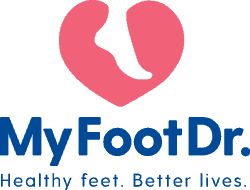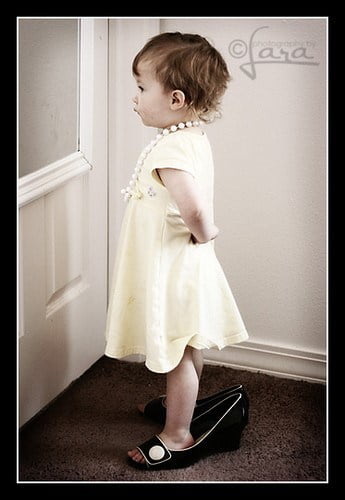
Your 6-year-old daughter/son wakes up in the middle of the night complaining of throbbing pains and aches in their legs. You massage them a little and soothe her as much as you can, you may give a mild painkiller or even use ice or heat. Your unsure whether to take her to the doctor and when you do go to the GP they invariably say…‘it’s just growing pains, they’ll be fine!’…only to have the pains keep repeating with no end in sight. Sound familiar?
The term ‘growing pains’ is rarely an accurate diagnosis and may even be a misnomer (there is no empirical evidence that growing hurts!). ‘Growing pains’ is a term given to children when the managing practitioner is unsure of the diagnosis and refers to pain that occurs throughout the lower leg muscles.
In very young children, 6 years of age or less, the most common sign of mechanical problems is an unwillingness to participate in physical activity. Complaints from children are far more likely to be:
- I don’t want to do it!
- Can you carry me?
- Can we go home/sit down?
- Waking up crying for no reason
- Sitting down at the play ground when other kids are playing
- clumsy and fall/trip easily
Complaints will rarely be an actual description of pain.
As children get older and heavier, often there will be complaints of pain, tiredness, night cramps or requests for leg rubs. The majority of these will occur to the long muscles of the legs and will most likely be due to biomechanical problems or structural alignment issues in the feet or legs. Most commonly a biomechanical problem called pronation (A.K.A flat feet, collapsed arches, pes planus) is the cause of the problem.
Do Your Children’s Feet look Like This:
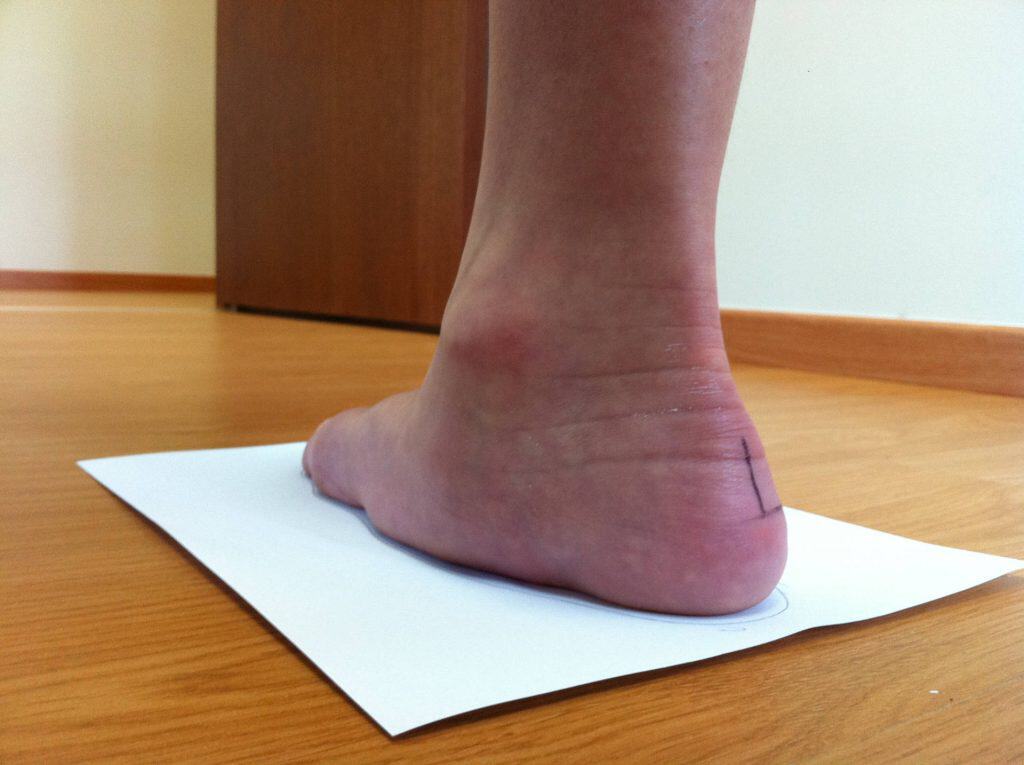 |
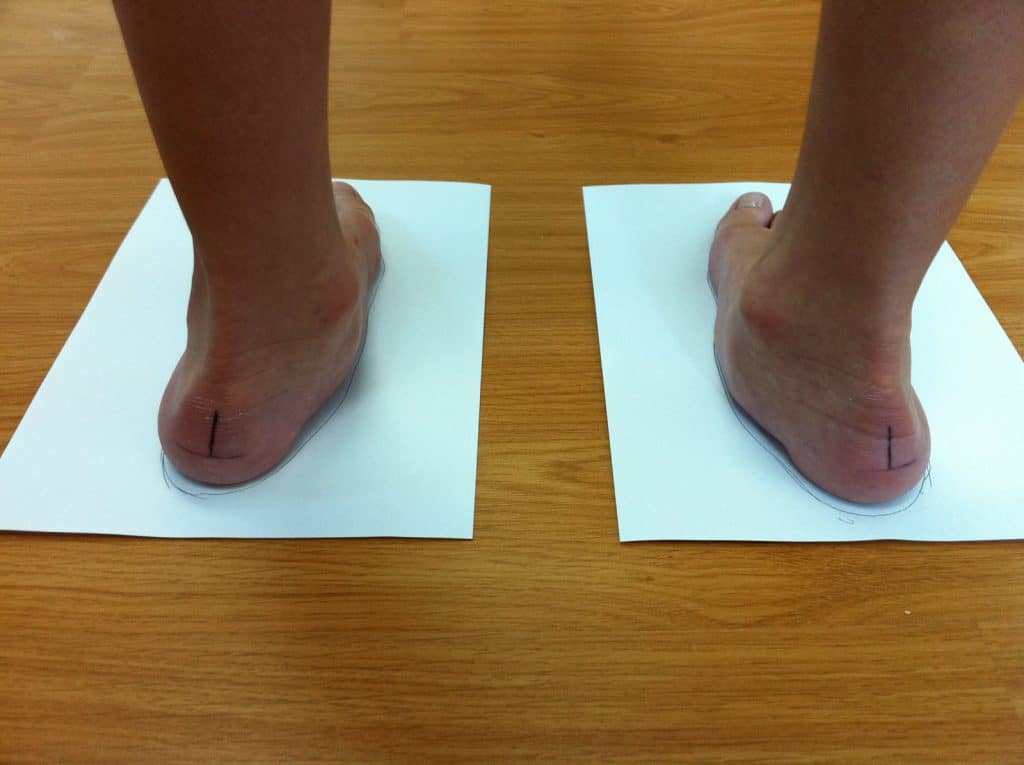 |
 |
Pronation is where the feet roll inwards and/or the arches will flatten too. This causes all of the muscles in the lower limbs and feet to work excessively. The muscles subsequently fatigue quickly due to the increased amount of work they are doing to stabilise the entire lower limb. Pronation not only affects the muscles in the feet, it affects the entire lower limb. The leg is connected to the foot through the ankle joint. So when there is excessive motion occurring in the feet, the lower limb also becomes unstable and moves excessively. This requires the muscles in the lower back, pelvis, thighs and lower legs to work overtime.
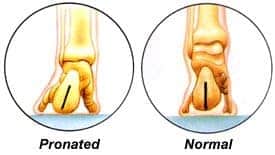
The muscles that attach to the inside and back of the shin bones are responsible for resisting and controlling the degree of pronation and foot flattening. Pronation will make these muscles elongate and stretch. The muscles then have to contract harder to produce the same force and do more work as the feet are moving much more then they should.
This results in muscle fatigue and eventually produces an overuse injury. The joints subsequently have increased stresses placed through them too. This kind of problem has little to do with growing.
Below you can see how pronation affects the entire biomechanical chain:
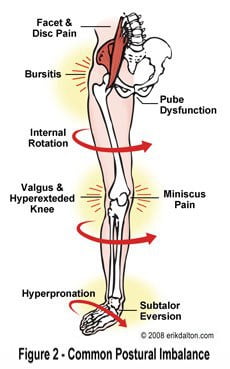
Children with these problems are likely to go on to be adults with foot problems as the biomechanical causes of the pain have not been addressed. Pain can also occur at parts of the bone where growth occurs. These areas are called growth plates. 2 common sites of pain include the back of the heel bone and the front of shin bone, just below the knee cap.
If your child is suffering from aches and pains after exercise or avoiding physical activity, see our podiatrists at my FootDr Singapore for an assessment. In the majority of cases the pain can be easily eliminated by correcting the feet.
